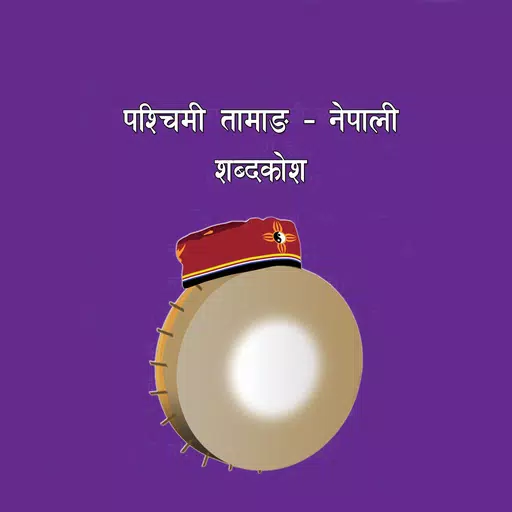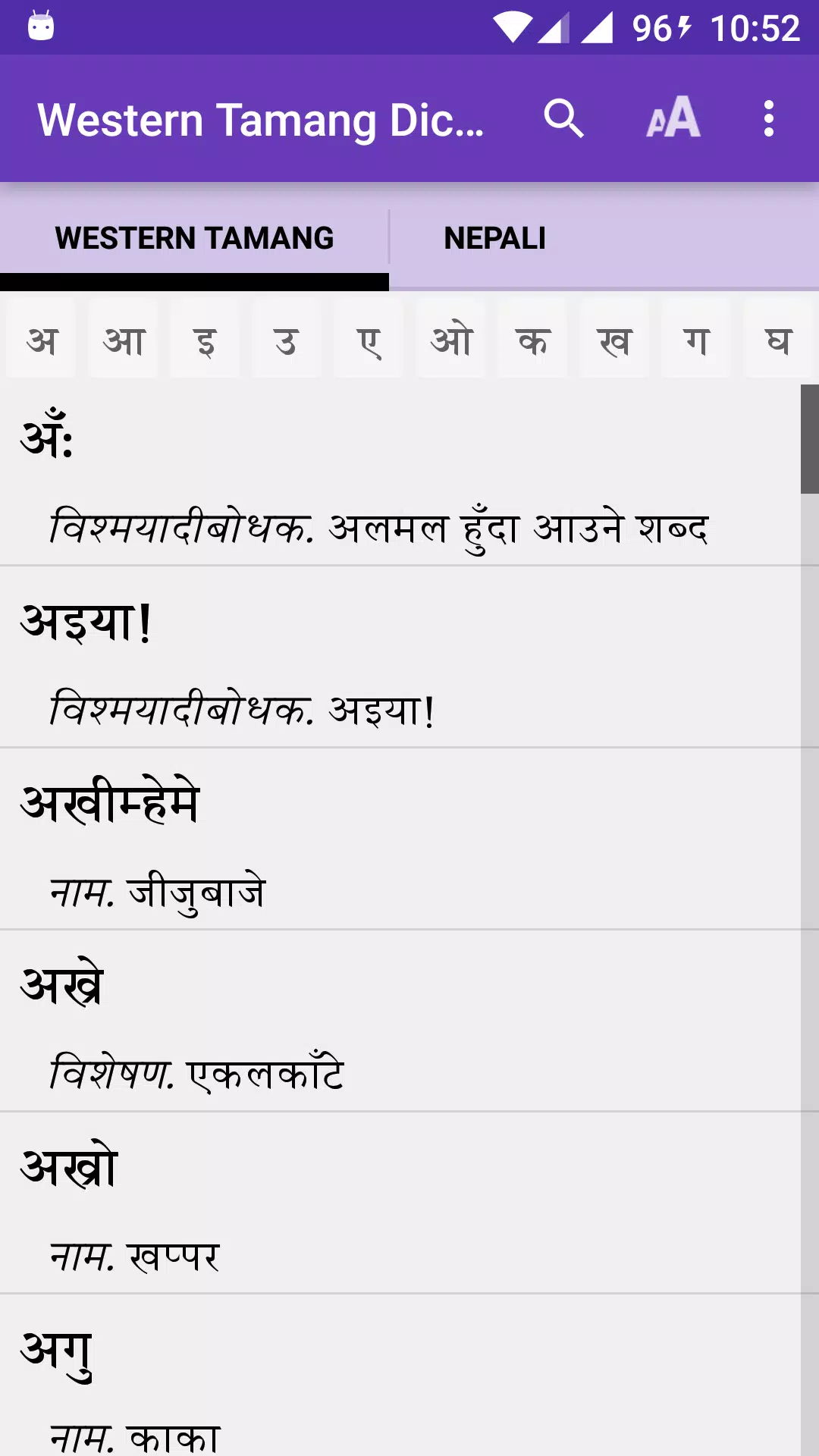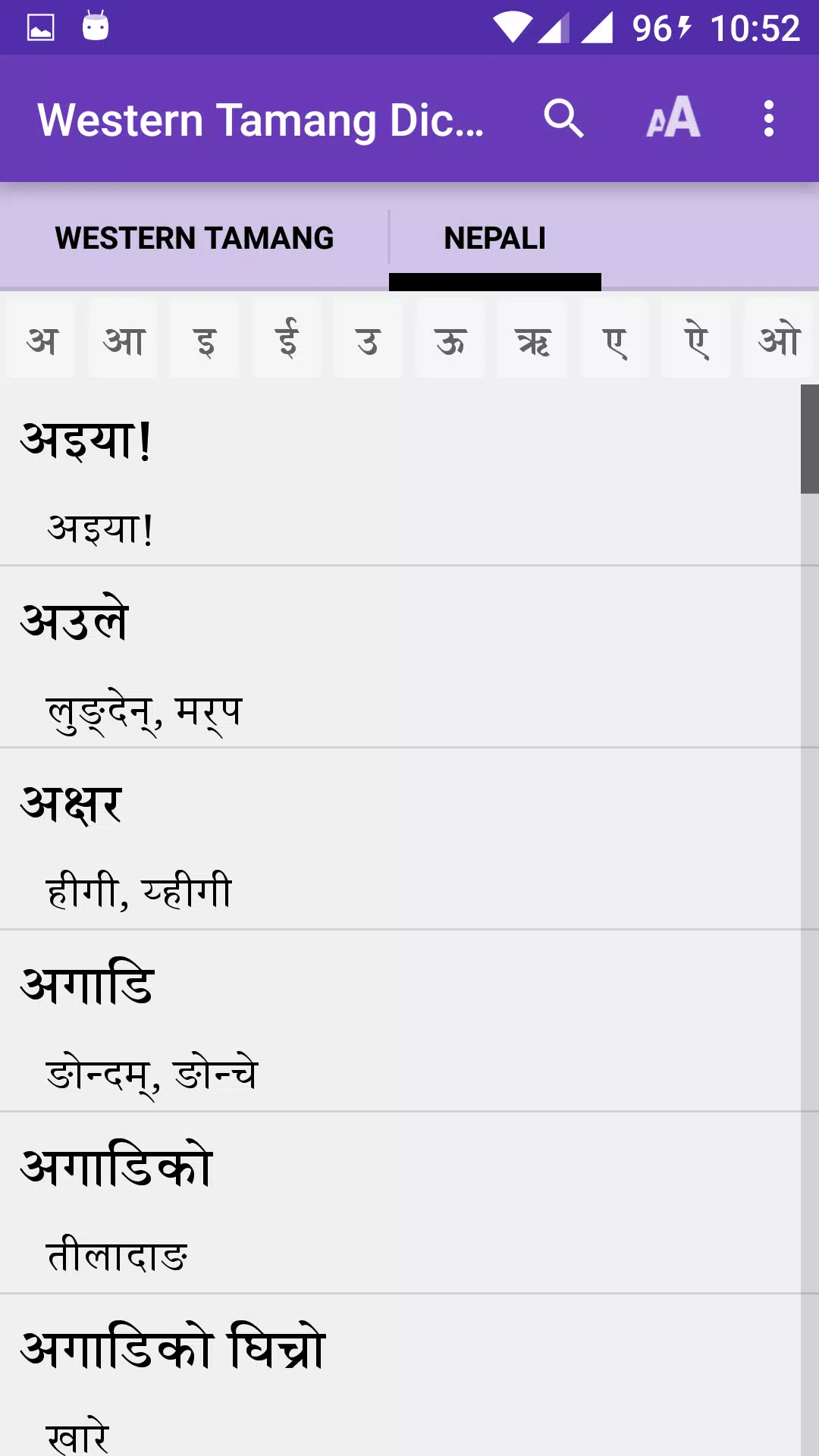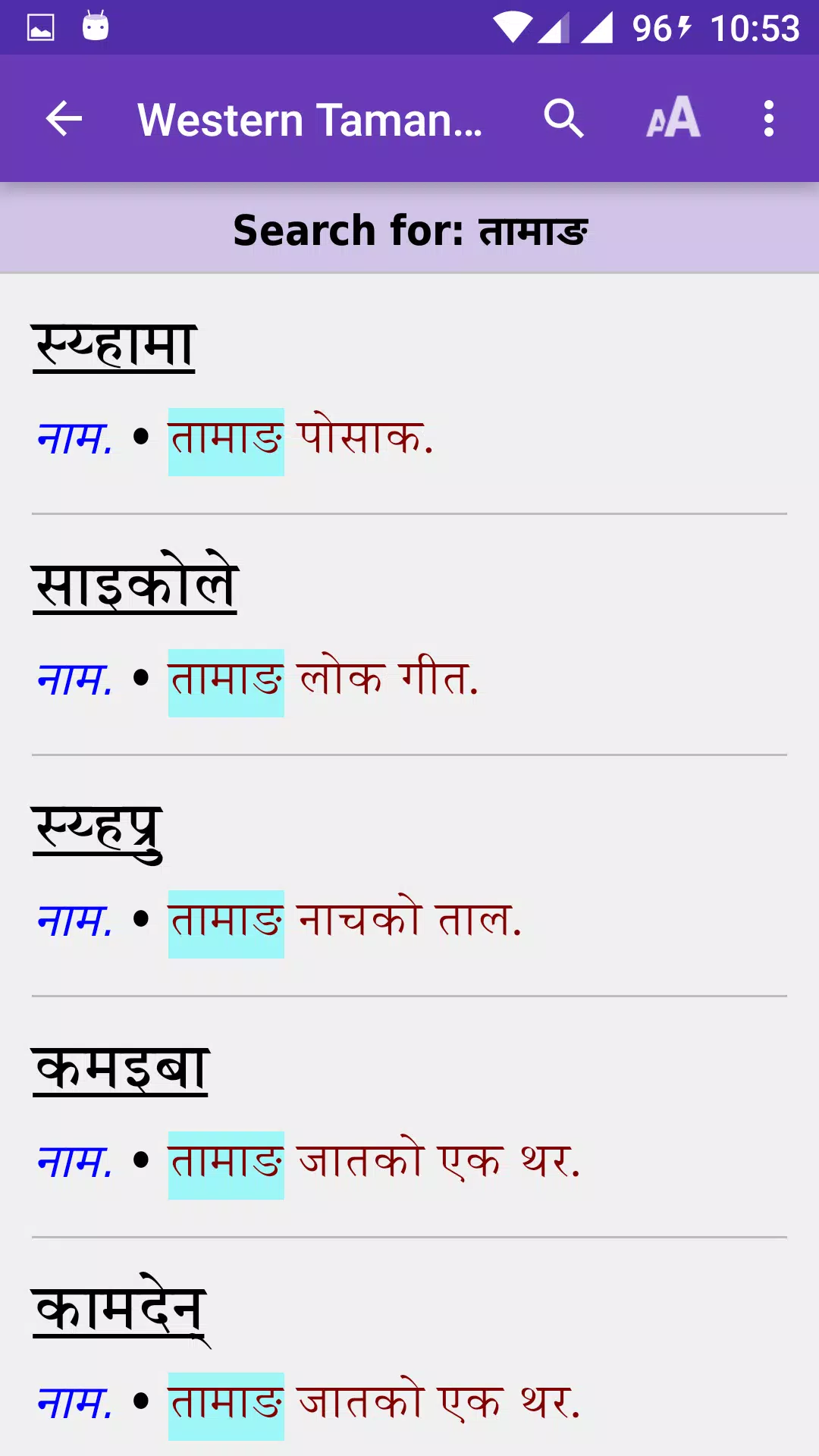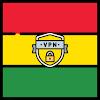Western Tamang - Nepali Dictionary
Tamang is a language spoken by the Tamang speech community. According to the 2011 Census of Nepal, Tamang ranks fifth among the country's 123 languages, with 5.1 percent of the population as speakers. Classified within the Tibeto-Burman branch of the Sino-Tibetan language family, the Tamang community primarily resides around the Kathmandu Valley, though their presence extends across various districts in Nepal. Recognized for its distinct ethnic features, the Nepal government officially listed Tamang as an indigenous ethnic community in 2001. Both the interim constitution of 2006 and the constitution of 2015 have recognized Tamang as a national language.
The 'Do:ra song' narrates the migration of the Western Tamang people from Tibet into Nepal through 'Same' in the Himalayas. This song references Tamang settlements in places such as 'Rhirhap', 'Gyagarden', 'Bompo', and 'Lambu', all located near 'Same'. According to local beliefs, as articulated by figures like Lama, Bompo, and Lambu, the northern part of the Earth is considered its tail, and the southern part its head. Consequently, in Tamang funeral rites, the deceased is oriented with the head towards the south before cremation. The term 'Same' translates to 'the tail of the Earth' in Tamang culture, reflecting a cosmological perspective of movement from the tail to the head.
Although Tamang lacks a standardized grammar, it features two main dialects: Eastern and Western. Eastern Tamang is spoken east of the Trisuli River, originating from the Langtang Himal region, while Western Tamang is prevalent in districts such as Rasuwa, Nuwakot, Dhading, Gorkha, Lamjung, Chitawan, and Kanchanpur. These dialects are referred to as 'Syarba' in the east and 'Nhurba' or 'Nhuppa' in the west.
This bilingual dictionary is the result of collaborative efforts by members of the Western Tamang speech community from the aforementioned districts. Each entry provides the meaning of Tamang words in Nepali, serving as a valuable resource for comparative linguistic studies. However, the number of Western Tamang speakers is declining, primarily due to the influence of Nepali, the predominant language in the region. This shift poses a significant threat to the survival of Western Tamang as a mother tongue. Consequently, this dictionary plays a crucial role in the preservation, promotion, and development of the language.
Efforts to enhance this dictionary are ongoing, and contributions from the speech community, stakeholders, readers, organizations, and relevant authorities are welcomed to ensure its continuous improvement and maturity.
What's New in the Latest Version 1.7
Last updated on Sep 29, 2024
- Updated on July 30, 2024
- New Android SDK integration

